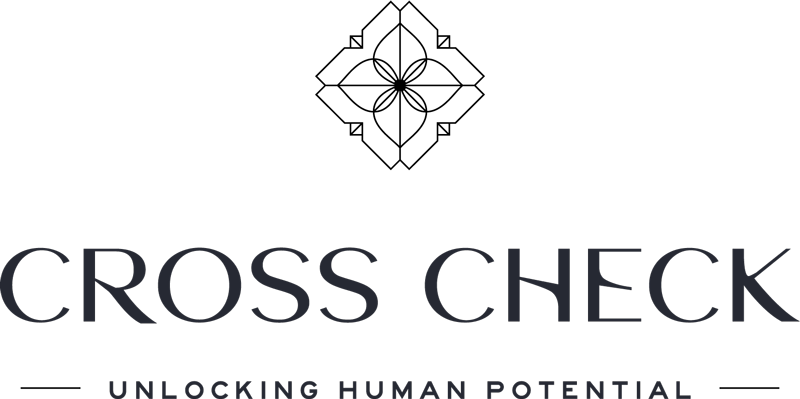One of the biggest challenges in remote work is the loss of those quick, spontaneous interactions we used to have in the office. Remember those hallway chats or quick desk drop-ins? They’ve now been replaced by scheduled calls, emails, or messages. While necessary, this shift can sometimes slow communication and create delays.
But here’s where understanding DISC can make a real difference!
Why Communication Slows Down in Remote Work
In the office, we could often rely on spontaneous, quick conversations to clear up confusion or share updates. Without those impromptu moments, we now have to rely on structured forms of communication, which can lead to delays—especially if we’re not considering individual communication preferences.
How DISC Helps in Remote Communication
Every individual communicates differently, and DISC is a powerful tool for understanding those differences. Some people thrive on fast-paced exchanges (D-Styles), while others need more structured, detailed conversations to feel comfortable (C-Styles). Knowing your team’s DISC profiles can:
🔹 Reduce delays: Tailoring your communication to match someone’s DISC style can help speed things up. For example, D-Styles might prefer a quick phone call or a succinct message to keep things moving, while C-Styles may appreciate detailed written instructions or an email to digest information before responding.
🔹 Improve clarity: Miscommunication can easily happen when we’re not face-to-face, especially with so much written communication in remote settings. Aligning your communication style with your team members’ DISC profiles can help prevent misunderstandings, making instructions clearer and tasks more efficiently executed.
🔹 Strengthen relationships: In the absence of those casual, spontaneous chats, being intentional about how we communicate helps bridge the gap. Understanding DISC allows us to make virtual interactions more meaningful by meeting people where they are—whether that’s with a brief update or a detailed explanation.
Embracing Intentional Communication in Remote Work
In the world of remote work, we have to be more intentional with our communication. By understanding the DISC profiles of our team members, we can adapt and create a communication style that meets everyone’s needs. This not only increases productivity but also strengthens relationships by fostering mutual understanding.
So, let’s embrace this shift from spontaneity to structure and continue to enhance our communication—meeting people where they are, even in a virtual workspace!
Get in touch to find out more!
📞 Call: 02 8883 1477
✉ Email: contact@crosscheck.com.au
🌐 Visit: crosscheck.com.au







